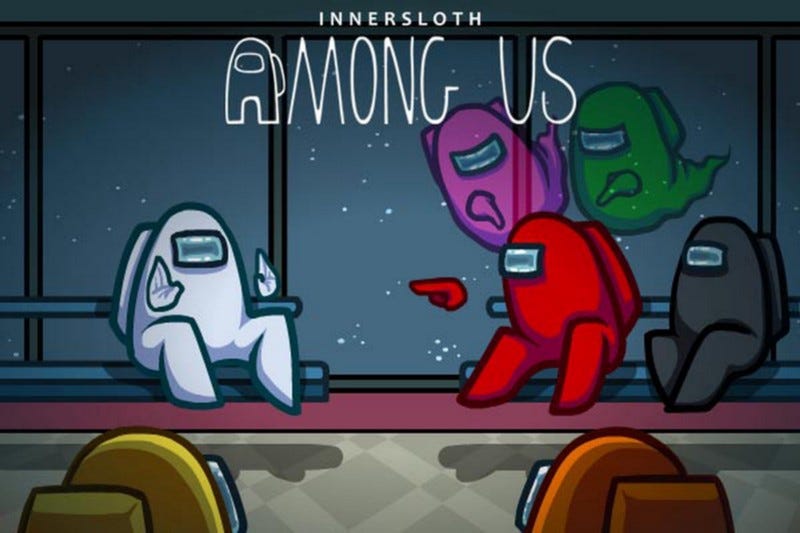Evolution of the Creator Economy
The “creator economy” is about unleashing creativity — enabling anyone to earn a living or build a business around an audience…
The “creator economy” is about unleashing creativity — enabling anyone to earn a living or build a business around an audience, unconstrained by the high technological barriers that existed in the past.
We now have enough history to look back and see a predictable pattern play out: whether it was desktop publishing in the past — or e-commerce and 3D engines more recently — there are several phases within any given creative industry:
The Pioneer Era, when first-movers like Amazon or Pixar created their own technologies.
The Engineering Era, when bottoms-up tools and middleware emerge to support overwhelmed engineering teams.
The Creator Era, when top-down tools emerge to support a much larger market of creators and disrupt many of the businesses of the prior eras.
Let’s explore these eras in more detail to see how this comes about.
Pioneer Era
During this stage of the market, there’s nothing that came before them. The main competitive advantage is gained by being a first mover; customers of the creators tend to be a bit more tolerant of bugs, delays, and problems. This environment favors innovators with the capital, time, and expertise to build their own technology to generate creative output.
The teams tend to be led by creative vision but propelled by technological talent.
The leaders who emerge from this stage tend to be disruptive to market incumbents who had relied on non-technological competitive advantages.
Examples of companies from this stage include:
Pixar — pioneered animation based on 3D graphics, built on their own RenderMan engine
Amazon — at the dawn of e-commerce
Electronic Arts — one of the first game companies, went on to create a proprietary 3D engine (Frostbite) and live infrastructure (Origin)
Zynga — in social games
Supercell — at the dawn of live mobile gaming
Engineering Era
As a creative market becomes more established, there’s a diaspora of teams who have already learned some of the best practices and have experience building the enabling technologies themselves.
There’s an influx of capital, and also quite a few fast-followers.
The teams tend to be engineering-heavy and led by people who built it all before. However, there just aren’t enough experienced engineers to satisfy market demand — and there’s too much competition to continuously reinvent the wheel while getting to market fast enough.
Software companies and open-source projects tend to emerge at this stage to throw engineers a life preserver: tools and middleware that can relieve the teams of some of the technically complex and repetitive aspects of implementation.
Much of the creative work during this stage of the market is:
Cash-on-cash returns for capital deployed to the creative industries directly
Bottoms-up implementation: Engineers tend to focus on systems integration of different components rather than the components themselves.
Engineering is frequently more of a constraint than an enabler (e.g., creators hear that the reason something can’t happen is “engineering needs to work on it” … and there’s always a competitor who can get it done faster.)
The technologies from this stage that stick around support broad cross-industry implementations rather than niches within creative industries.
Examples include:
DirectX and WebGL for 3D graphics
Ruby on Rails and Node.js for dynamic website scaffolding
Stripe for enabling credit card transactions
MySQL and MongoDB for data storage
Companies from the creative industries who succeed at this stage are masters of applying best-practices and technology toolboxes — and they’re frequently hit-driven.
Creator Era
In this era, the creative work decouples from the enabling innovations.
The creators are making content and experiences for people, and their competitive advantage comes from their unique understanding of certain communities, new ways of connecting with audiences, new forms of storytelling and mastery of new forms of expression.
But these creators have become frustrated by the constraints that existed in the Engineering Era: technology bottlenecks, lack of agility in processes, lack of capital, time, and general limitations on creative expression.
Creators demand something that’s truly for them — and they need it urgently, because there’s a rapidly accelerating population of creators to compete with and the quality of the competition is improving.
Creators need to double-down on their core competency of creative expression… which is all they ever wanted to do. Enduring the technological bottlenecks is painful. Few people got into any creative industry because they wanted to deal with systems integration.
What solves their pain?
Solutions at this phase of the market are harder to make. They require:
An understanding that creators need to connect more directly with communities and learn/react/grow with far greater agility.
Methods for easily monetizing creator effort, and connecting creators with markets of audiences and buyers.
Workflow oriented towards the pragmatic realities of the creator’s process.
Inversion of the bottoms-up engineering mindset of stacking up technological blocks, to a top-down approach that’s geared towards creator empowerment. Typically, this means: more visual, more responsive, more organized and less technical.
Turning many of the tasks that were previously engineering or systems integration into “magic” that just works.
The Impact of the Creator Era
Once the products emerge that support these requirements, the result is:
Creator joy. They get to do what they love to do.
Radical democratization: Far more creators participate in the market, and there’s a power-law distribution of economic opportunity (e.g., individuals and tiny teams often can generate huge results).
Disruption of market participants who are dependent on legacy technologies that are too slow, too expensive, too brittle, and too unreliable.
Freeing up engineering resources towards the next wave of pioneering technologies.
Explosive Growth
Some of the most exciting companies have been born in this stage of the market. Examples include:
Adobe: Unleashed the desktop publishing and video editing markets.
Wix: Making website creation accessible to anyone.
Shopify: Made creating an e-commerce business into something that anyone could do, powering everything from mom-and-pop small businesses, to a coffee company earning >$2000/minute, to giants like Budweiser.
Roblox: Turned creating multiverse experiences and games into something virtually anyone could try their hand at; today there are young adults making $10M+/year with Roblox experiences.
YouTube: Made broadcasting prerecorded video something anyone could do — today, MrBeast and Ryan Kaji make tens of millions as YouTube creators.
Twitch: Made live video streaming a reality for anyone — enabling Fortnite player Tyler “Ninja” Blevins to earn millions.
Unity: Turned creating 3D games into something far less technical, enabling creators like Activision to launch Hearthstone ($1B+ franchise) with a tiny team and InnerSloth to make the megahit “Among Us” with only 3 developers.
Conclusion
The Creator Era is underway in several industries: live broadcasting, video, graphic design, e-commerce, and certain kinds of games.
Other industries, such as the metaverse and live gaming, remain in their infancy — but in the coming years, it will be exciting to watch as the tidal wave of new creators, empowered by platforms designed for them, captures massive economic opportunities and disrupts incumbents.
Further Reading
Composability is a key concept to understand in creator economies; I cover that in Composability is the Most Powerful Creative Force in the Universe.
Metaverse Market Map classifies the most important companies of the market, and includes a more detailed comparison of three of the most important creator-economy companies: Unity, Epic and Roblox.
The Metaverse Value-Chain includes the Creator Economy as one of the key enablers of the metaverse.





